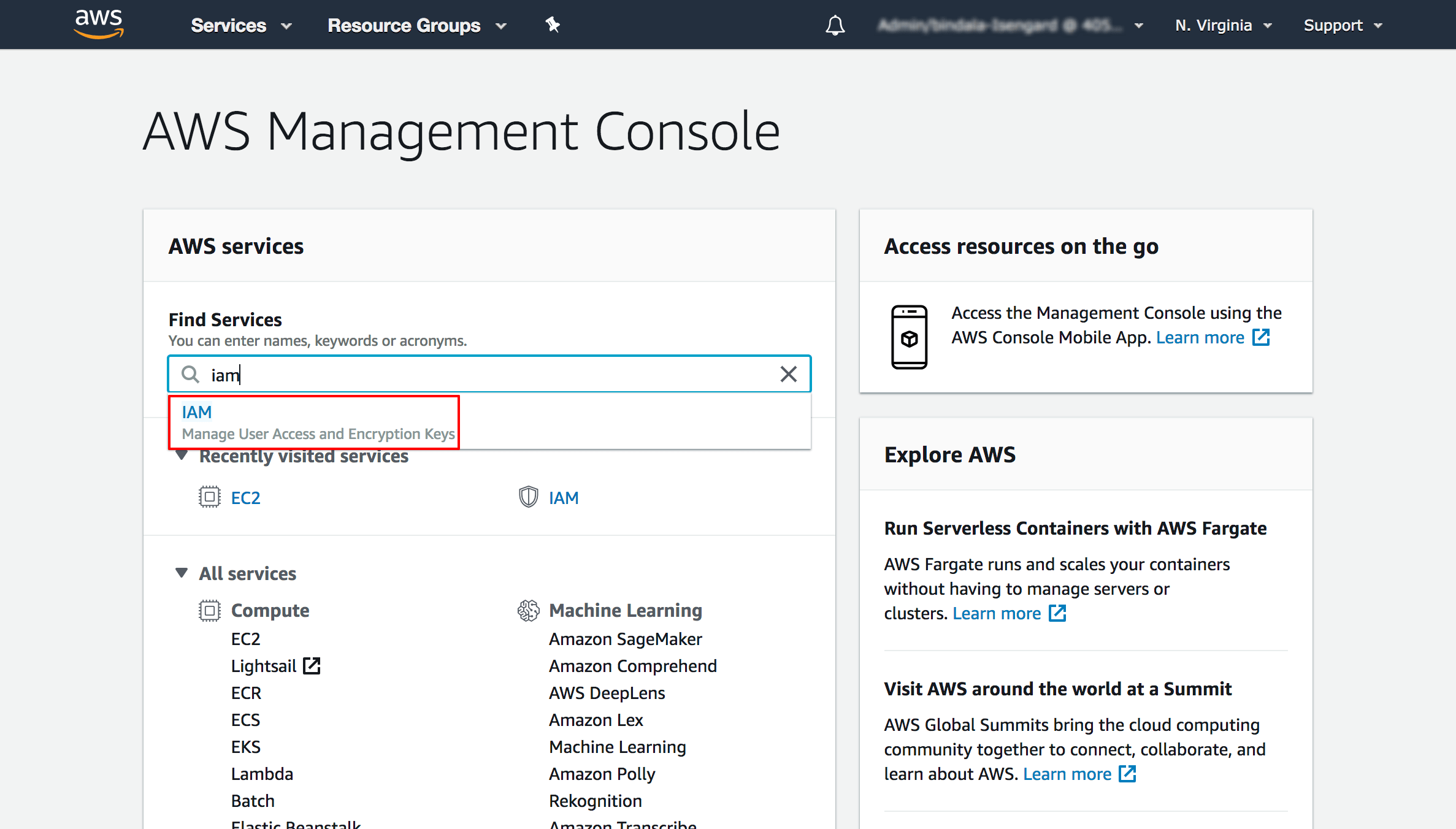AWS Console is a powerful tool that allows users to manage their Amazon Web Services (AWS) resources in a user-friendly web-based interface. Whether you are a beginner exploring cloud computing or an experienced developer working on complex projects, the AWS Console provides a centralized hub for accessing and controlling a wide range of AWS services. This article will delve into the various features and functionalities of the AWS Console, helping you navigate through the intricacies of managing your AWS infrastructure efficiently.
With the AWS Console, users can easily create, configure, and monitor their AWS resources without the need for complex command-line interfaces. The dashboard provides a snapshot of your AWS account, displaying important information such as service health status, cost and billing details, and recent activity. From provisioning new virtual servers to setting up databases and storage solutions, the AWS Console offers a seamless experience for managing your cloud infrastructure.
One of the key advantages of using the AWS Console is its intuitive design, which allows users to navigate through different services with ease. Whether you are launching a new EC2 instance, configuring a load balancer, or setting up auto-scaling rules, the console provides step-by-step guidance to help you complete tasks efficiently. Additionally, the console offers a wide range of customization options, allowing users to personalize their dashboard and prioritize the services they use frequently.
What are the key benefits of using AWS Console?
Efficient Resource Management
With the AWS Console, users can easily view and manage all their AWS resources in one centralized location. From EC2 instances to S3 buckets, the console provides a comprehensive overview of your infrastructure, helping you track usage, monitor performance, and optimize resource allocation. By leveraging the console's monitoring and analytics tools, users can identify bottlenecks, troubleshoot issues, and improve the overall efficiency of their AWS environment.
Cost Optimization
Cost management is a crucial aspect of cloud computing, and the AWS Console offers a range of tools to help users track and control their spending. With detailed billing reports, cost allocation tags, and budgeting features, users can monitor their AWS usage in real-time and identify areas where cost savings can be realized. Additionally, the console provides recommendations for rightsizing instances, optimizing storage, and adopting cost-effective services, helping users make informed decisions to reduce their overall AWS expenses.
How to get started with AWS Console?
Creating an AWS Account
Before you can access the AWS Console, you need to create an AWS account. Simply visit the AWS website, click on the "Create an AWS Account" button, and follow the on-screen instructions to set up your account. You will be required to provide your personal information, payment details, and verification code to complete the registration process.
Logging into the AWS Console
Once you have created your AWS account, you can log into the AWS Console using your email address and password. Upon successful login, you will be greeted with the dashboard, displaying an overview of your AWS resources and services. From here, you can begin exploring the various features of the console and start managing your cloud infrastructure with ease.
Unlocking The Benefits Of A Voluntary Benefit Plan
Exploring The Myth: Did Sigurd Kill A Dragon?

Create an Amazon Web Services (AWS) Account Unit Salesforce

Getting Started with the AWS Management Console AWS Developer Center

Train a Deep Learning model with AWS Deep Learning Containers on Amazon EC2